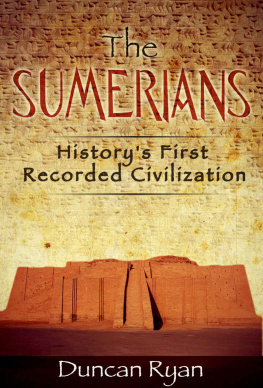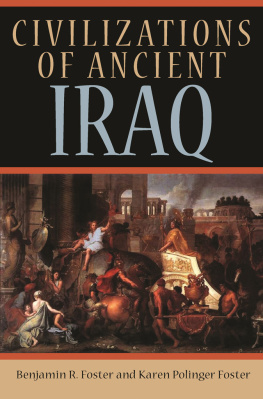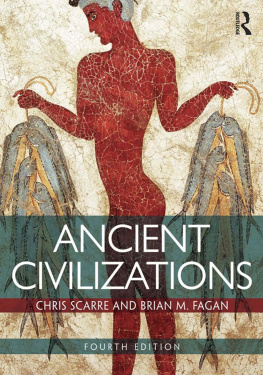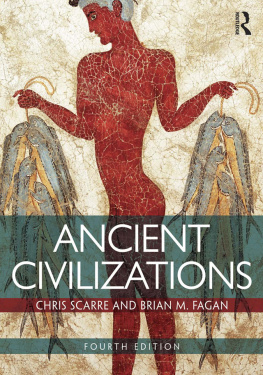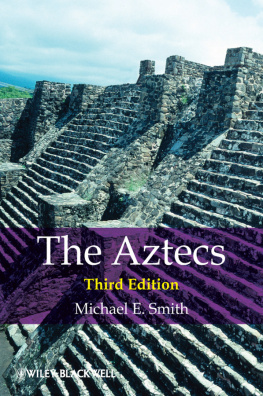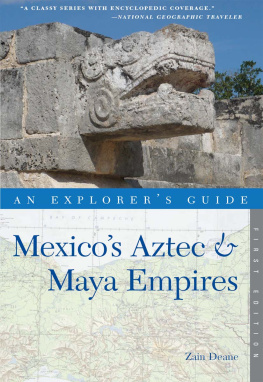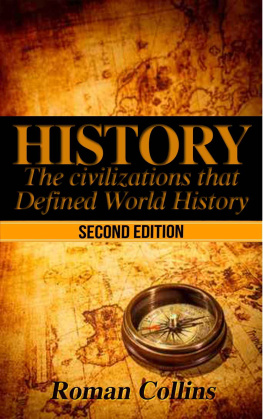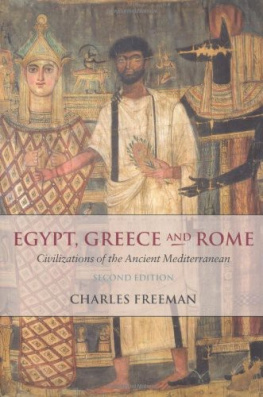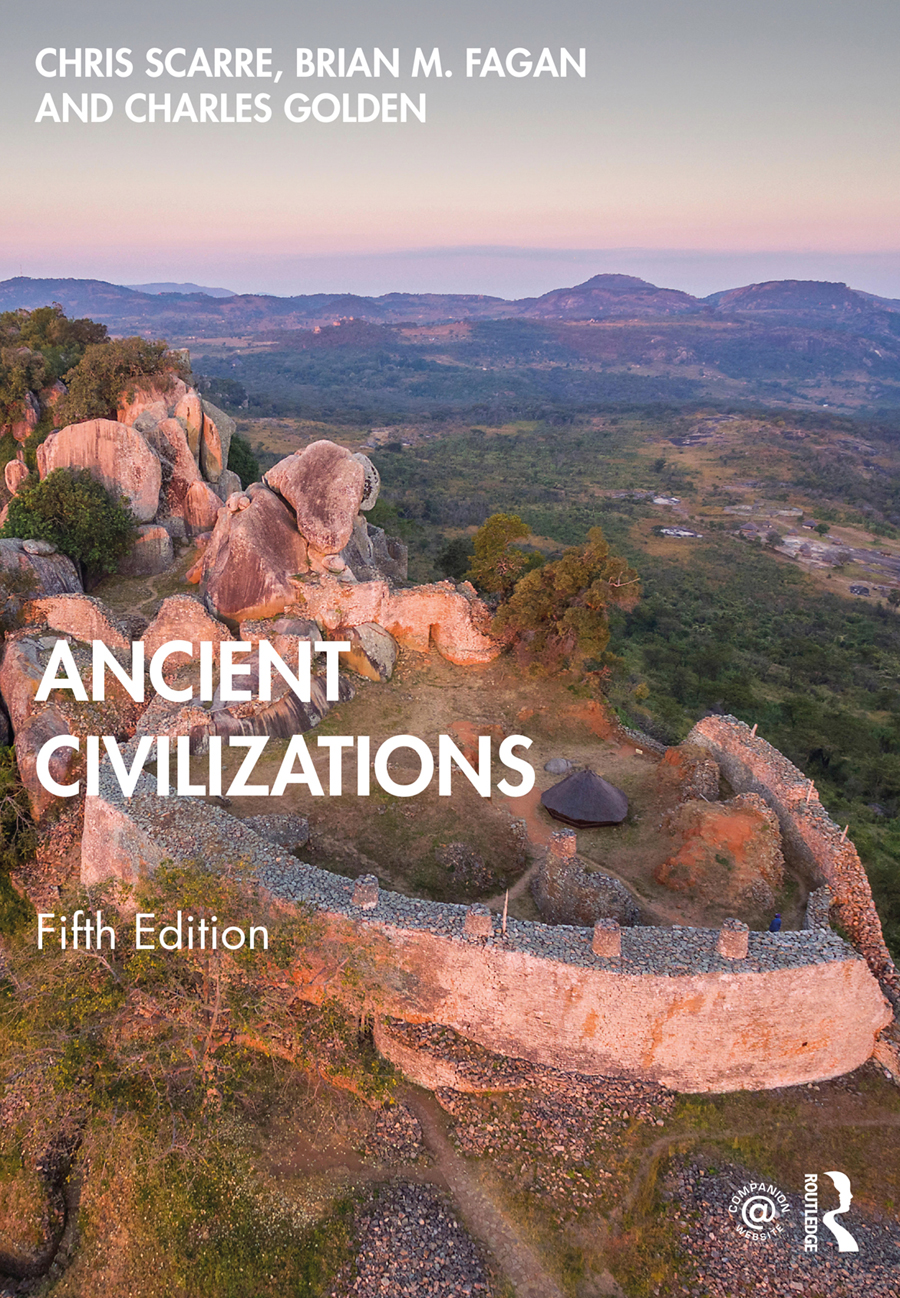
Ancient Civilizations
Ancient Civilizations offers a comprehensive and straightforward account of the worlds first civilizations and how they were discovered, drawing on many avenues of inquiry including archaeological excavations, surveys, laboratory work, highly specialized scientific investigations, and both historical and ethnohistorical records.
This book covers the earliest civilizations in Eurasia and the Americas, from Egypt and the Sumerians to the Indus Valley, Shang China, and the Maya. It also addresses subsequent developments in Southwest Asia, moving on to the first Aegean civilizations, Greece and Rome, the first states of sub-Saharan Africa, divine kings and empires in East and Southeast Asia, and the Aztec and Inka empires of Mesoamerica and the Andes. It includes a number of features to support student learning: a wealth of images, including several new illustrations; feature boxes which expand on key sites, finds, and written sources; and an extensive guide to further reading. With new perceptions of the origin and collapse of states, including a review of the issue of sustainability, this fifth edition has been extensively updated in the light of spectacular new discoveries and the latest theoretical advances.
Examining the worlds pre-industrial civilizations from a multidisciplinary perspective and offering a comparative analysis of the field which explores the connections between all civilizations around the world, this volume provides a unique introduction to pre-industrial civilizations in all their brilliant diversity. It will prove invaluable to students of Archaeology.
Chris Scarre is an archaeologist specializing in the prehistory of Europe, with a particular interest in the archaeology of Atlantic facade. He has participated in fieldwork projects in Britain, France, Greece, and India, and has directed and co-directed excavations at Neolithic sites in France, Portugal, and the Channel Islands. He is Professor of Archaeology at Durham University, UK, and editor of the textbook on world prehistory The Human Past.
Brian M. Fagan is one of the worlds leading archaeological writers and an internationally recognized authority on world prehistory. He is Professor Emeritus of Anthropology at the University of California, Santa Barbara, and has written several best-selling textbooks: Ancient Lives: An Introduction to Archaeology and Prehistory; Archaeology: A Brief Introduction; Archaeology and You; In the Beginning: An Introduction to Archaeology; A Brief History of Archaeology: Classical Times to the Twenty-First Century; People of the Earth; and World Prehistory: A Brief Introduction.
Charles Golden is a Mesoamerican archaeologist, whose research has focused on the borders between ancient Maya kingdoms in Mexico and Central America, and the economic, social, and ritual ties that bound rural villages into larger political communities. He is Associate Professor of Anthropology at Brandeis University in Waltham, Massachusetts, and editor of Continuities and Changes in Maya Archaeology: Perspectives at the Millennium, as well as Maya Archaeology, Vols. 13.
Fifth edition published 2021
by Routledge
605 Third Avenue, New York, NY 10158
and by Routledge
2 Park Square, Milton Park, Abingdon, Oxon, OX14 4RN
Routledge is an imprint of the Taylor & Francis Group, an informa business
2021 Chris Scarre, Brian M. Fagan and Charles Golden
The right of Chris Scarre, Brian M. Fagan and Charles Golden to be identified as authors of this work has been asserted by them in accordance with sections 77 and 78 of the Copyright, Designs and Patents Act 1988.
All rights reserved. No part of this book may be reprinted or reproduced or utilised in any form or by any electronic, mechanical, or other means, now known or hereafter invented, including photocopying and recording, or in any information storage or retrieval system, without permission in writing from the publishers.
Trademark notice: Product or corporate names may be trademarks or registered trademarks, and are used only for identification and explanation without intent to infringe.
First edition published by Pearson Education, Inc. 1997
Fourth edition published by Routledge 2016
Library of Congress Cataloging-in-Publication Data
A catalog record has been requested for this book
ISBN: 9780367001704 (hbk)
ISBN: 9780367708658 (pbk)
ISBN: 9780429401008 (ebk)
Typeset in Palatino LT Std
by codeMantra
Access the companion website: www.routledge.com/scarre
Three thousand, four thousand years maybe, have passed and gone since human feet last trod the floor on which you stand, and yet, as you note the recent signs of life around youthe half-filled bowl of mortar for the door, the darkened lamp, the finger mark on the freshly painted surface, the farewell garland dropped on the threshold.... Time is annihilated by little intimate details such as these, and you feel an intruder.
Egyptologist Howard Carter, notebook entry on Tutankhamuns tomb, November 26, 1922.
Ancient civilizations tempt romantic visions of the past: golden pharaohs, great cities and temple mounds, lost palaces mantled in swirling mists. The discovery of the Assyrians, Homeric Troy, and the abandoned Maya cities of Central America was one of the nineteenth-centurys great adventure stories. Nineteenth-century archaeologists like Englishman Austen Henry Layard, who excavated biblical Nineveh, and New Yorker John Lloyd Stephens, who revealed the ancient Maya to an astonished world, became celebrities and best-selling authors. They and other early excavators are the prototypes of the swashbuckling Indiana Jones of late twentieth-century movie fame. The romance continued into the 1920s, culminating in Howard Carter and Lord Carnarvons dramatic discovery of the undisturbed tomb of the pharaoh Tutankhamun and Sir Leonard Woolleys spectacular excavation of the Royal Tombs at Ur in Iraq. Even today, the occasional spectacular find, like the terracotta regiment of the first Chinese emperor Qin Shihuangdi or the Lords of Sipn in coastal Peru, reminds us that archaeology can be a profoundly exciting endeavor.
The nineteenth century was the century of archaeological adventure. The twentieth century saw archaeology turn from a casual pursuit into a complex, highly specialized academic discipline. Ancient Civilizations describes what we know about the worlds early civilizations today, 175 years after John Lloyd Stephens and artist Frederick Catherwood stumbled through the ruins of Maya Copn and Paul-Emile Botta and Austen Henry Layard electrified London and Paris with spectacular bas-reliefs from Assyrian palaces. This book is about science and multidisciplinary research, not about adventure and romance, an attempt to summarize state-of-the-art knowledge about preindustrial civilizations in every corner of the world. We draw on many avenues of inquiry: on archaeological excavations, surveys, and laboratory work; on highly specialized scientific investigations into such topics as the sources of volcanic glass and metals; and on both historical and ethnohistorical records. In the final analysis, this book is a synthesis of science and ancient voices, for in many cases the latter add telling detail to a story reconstructed from purely material remains.
Ancient Civilizations is divided into six parts that lead logically from one to the other. Part I gives essential background, some key definitions, and historical information. It also describes some of the major theories concerning the development of civilizations, one of the key controversies of archaeology for more than a century. Part II focuses on the very first civilizations: Mesopotamia, Egypt, the Indus Valley, and the earliest Chinese states. Parts III and IV build on earlier foundations and trace later civilizations in Southwest Asia and the Mediterranean. This book is unique in that it goes on to describe classical Greek and Roman civilizations, whose roots lie much deeper in the past than many authorities would have one believe. Part V links the Mediterranean and Asian worlds with the discovery of the monsoon winds of the Indian Ocean about 2,000 years ago. Finally, the last four chapters, Part VI, describe the remarkable states of Mesoamerica and the Andean region of the Americas. An epilogue rounds off the narrative.
Next page


